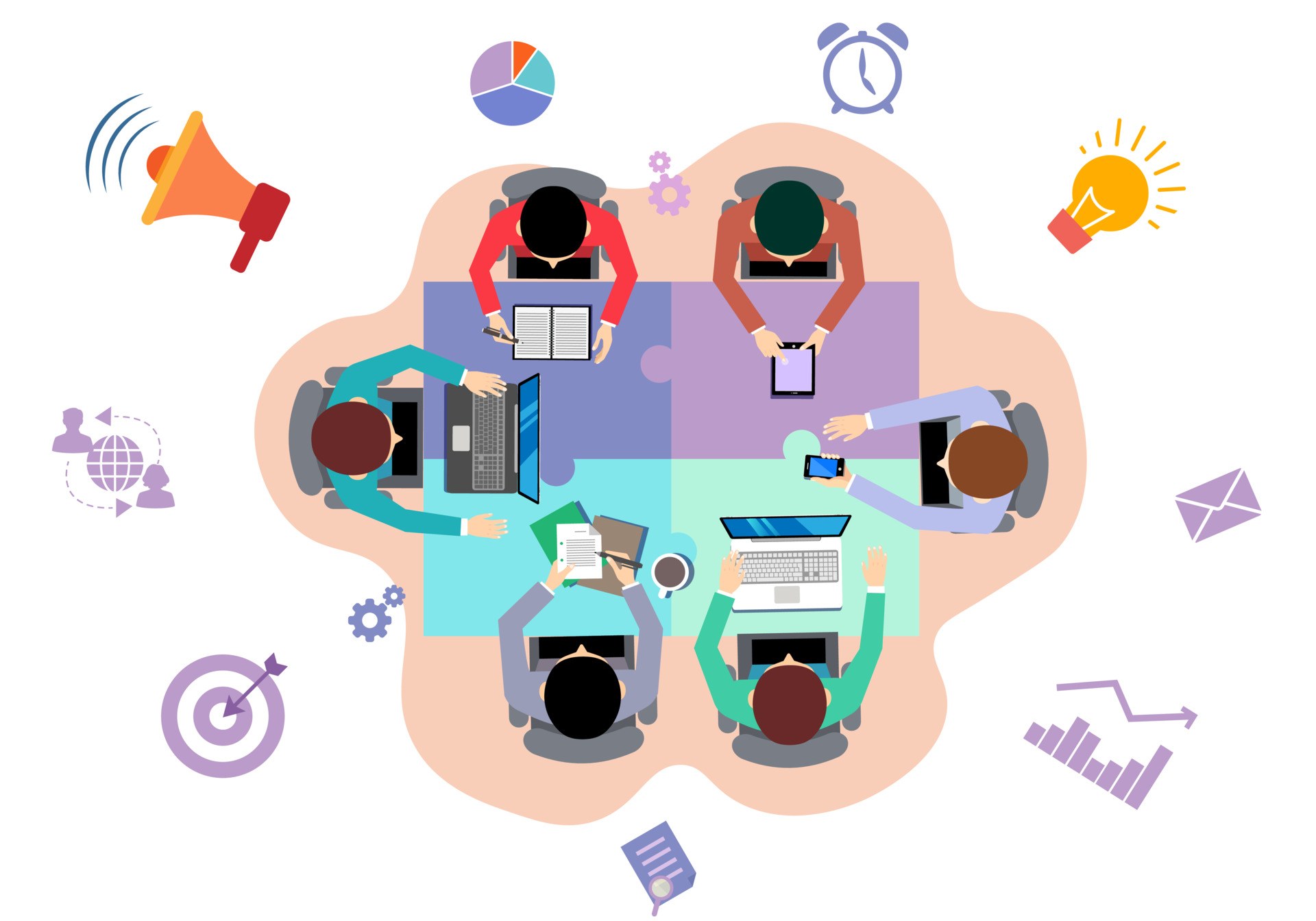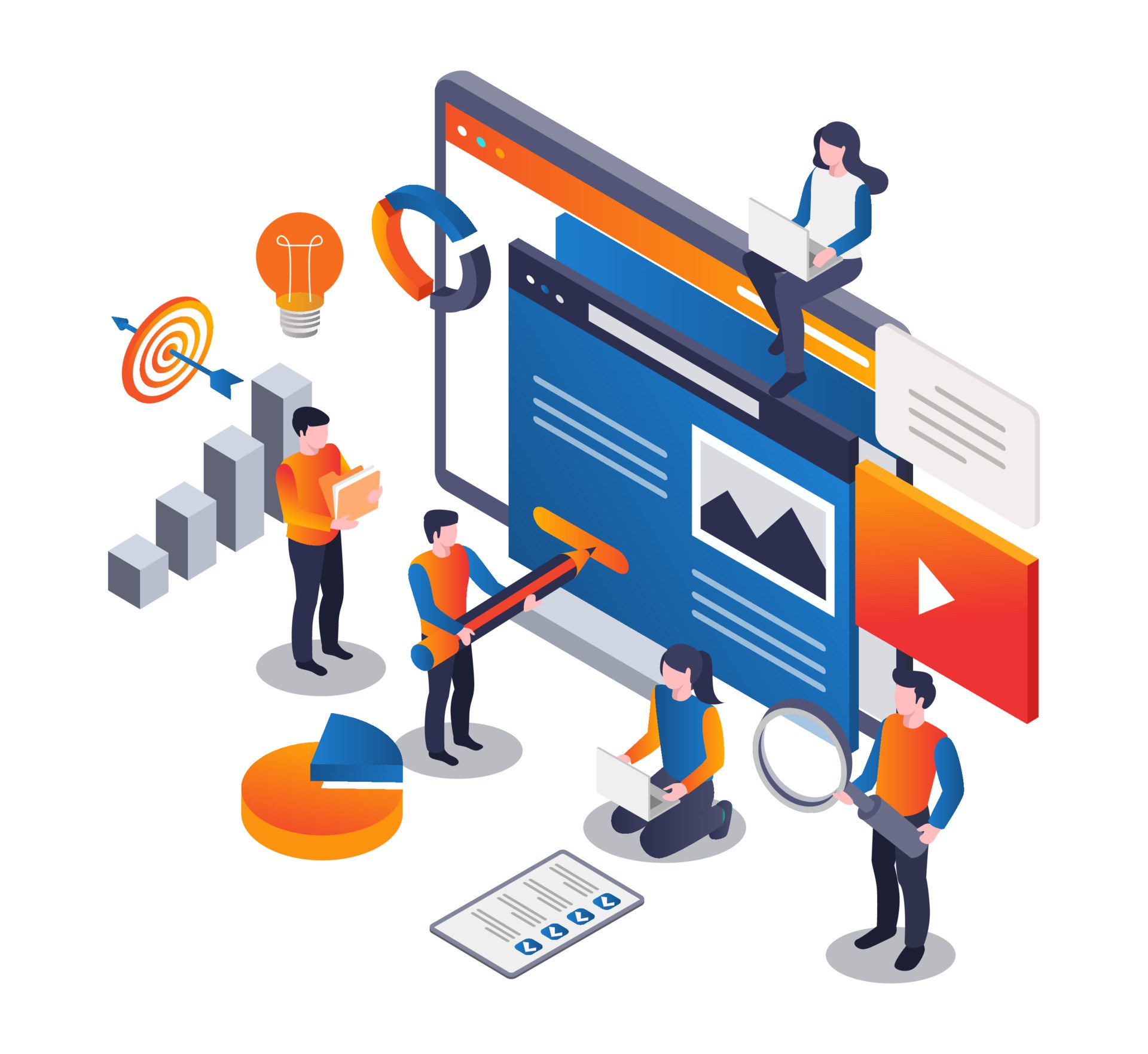Project goals require planning work, allocating resources, managing time and constantly monitoring performance. Tools that correspond to the tasks are selected for organizing control and management.
It is important that employees are in touch and receive tasks at all stages of the project in a timely manner. For this purpose, you can use platforms, services and methods that perform the functions of informing and exchanging information, namely:
|
• organizing the process of communication between departments. Employees and clients have access to a common platform where they can both see project stages, changes, progress, and leave comments and remarks. • managing processes at all stages of the project. Control of indicators is organized, deviations from the budget are recorded, starting from the idea and ending with the receipt of the product; team members are informed and know what actions to take, • Looking for potential clients. Services and platforms find customers through contact tracing, collect databases, and provide context for communication between product creators and target audiences. |
• creating a schedule, taking into account working time. Shared planners make schedules and plans visible, help correct and coordinate actions, and inform the team of changes. • Monitoring the movement of resources and control the budget. Programs plan tasks, create process models, collect analytics, compile statistics, and manage workflows. • Assessing and monitoring risks. Data is collected and analyzed and compared with plans. Risk assessment information and monitoring procedures are collected in one place. |
 |
Just choosing the management tools you like will not work. It is necessary to take into account the budget of the organization, the number of employees, and also take into account that the company is already working well and it is not advisable to change. An analysis of the resources and management system of the company will help determine which tool is worth implementing into the work. The involved expert helps to train the staff and accompanies in the first stages of using new tools with the expectation that team members will be able to work with them further on their own. |
Such methods and tools are distinguished theoretically:
- Classical project management, in which the implementation process is conditionally divided into five stages with their own terms. Tools of calendar-network planning are applied.
- The Agile method is used when the project cannot be divided into stages, and it is broken into subprojects, each with its own structure. This approach allows you to adjust the mini-project without interfering with the overall process.
- Scrum is a hybrid of the classical method and Agile. Subprojects are assigned a priority level and execution sequence.
- Lean is useful when a project is broken down into stages, each of which is a workflow. In this case, the implementation time is reduced.
- Kanban is a step-by-step process that takes into account changes in the importance level of individual tasks, some of which may run simultaneously or stop as needed.
- Six Sigma is a focus on end product quality through customer focus, proactive management, openness to collaboration and continuous improvement.
- PRINCE2 is a method that consists of four integrated elements such as team direction principles, problematic topics, a fixed sequence of actions, and a tailor-made approach to task implementation.
The introduction of new methods of work and tools takes place in several stages.
|
1. Company audit The expert examines the situation in the organization and identifies the following indicators: team relationships, assessment of current processes, level of communication, identification of the strengths and weaknesses of the organization. Analysis helps to identify problems that the team and management do not notice. As a result, a strategy is drawn up for the entire enterprise and tasks are prescribed for each employee. |
2. Development of strategic changes for divisions. At this stage, the team introduces new methods and tools. Staff are trained, coached and supported. It is necessary to monitor the results and track how the tools "take root" in the company constantly. All changes in indicators are recorded, checked against plans, budget and indicators. |
3. Summing up It is important here not only to see what new tools and methods have changed. It is necessary to fix what has taken root in the company, how employees can develop in this direction further, and whether the team will be able to act independently. |


 ro
ro 



